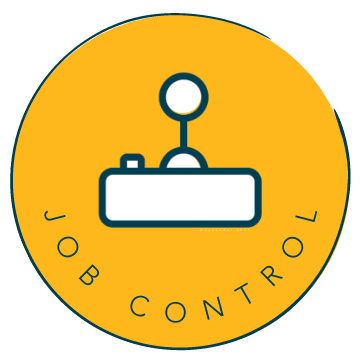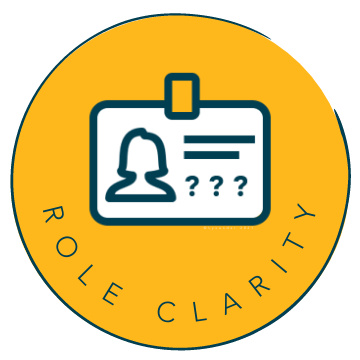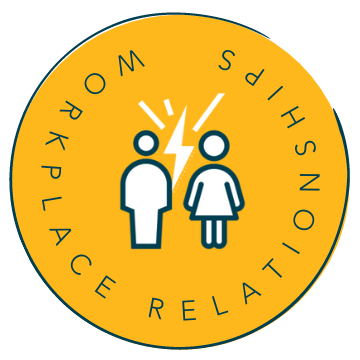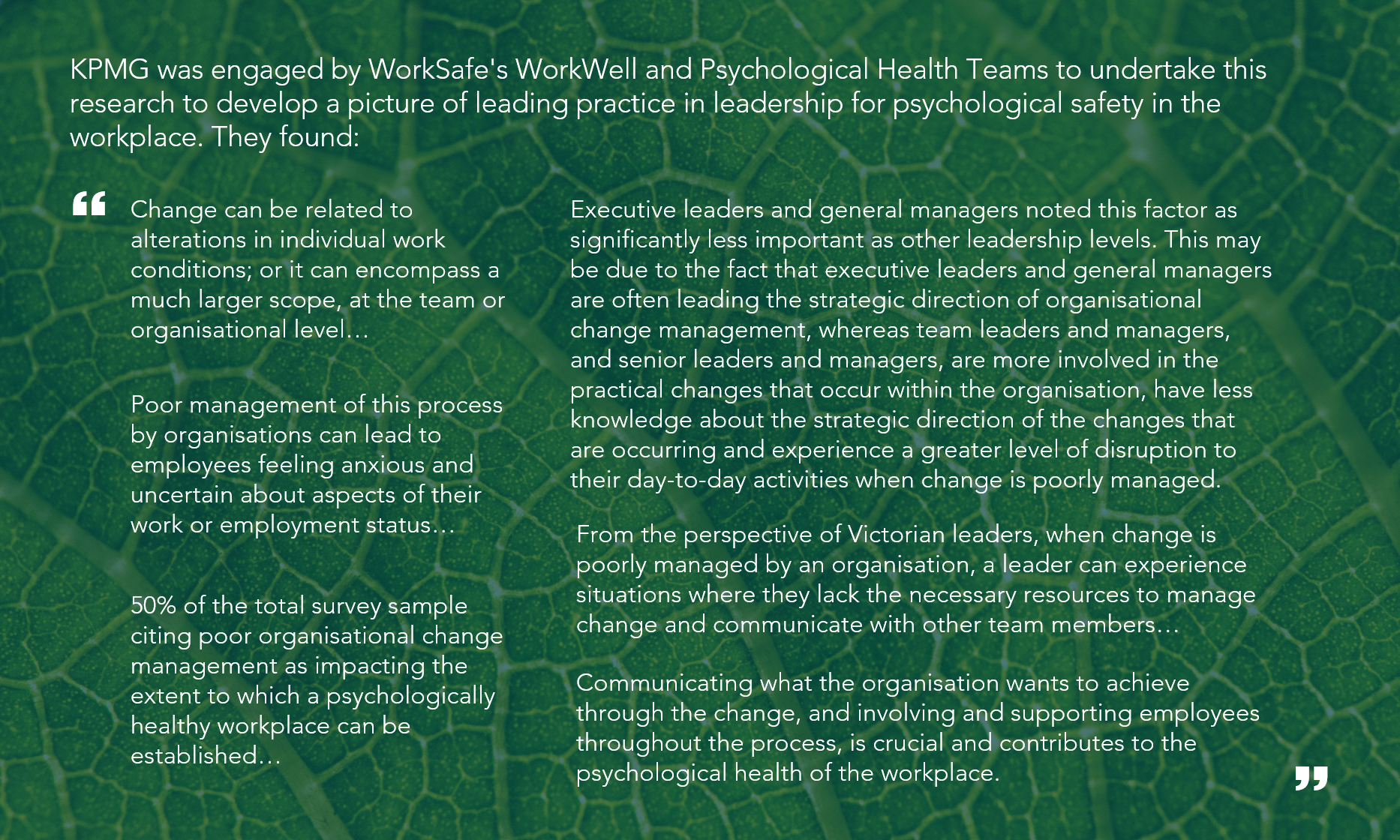
As organisations face into increasingly Volatile, Uncertain, Complex and Ambiguous (VUCA) conditions and situations, many people are finding that their ability to adapt to change has been overwhelmed by the rate at which change is occurring.
As a result, there is an increasing concern about whether the pace of change is burning people out, undermining their wellness and resilience.
According to the 2019 Change Lab Workplace Survey, however, “it’s the way leaders go about creating change that is most likely to determine how successful change will be, and the impact it has on workers’ wellbeing.”
While traditional theories of “change management” with a “tell and control” approach might be effective for simple technical challenges and gaining short-term compliance of your people, research shows that it is not effective when it comes to solving complex challenges and gaining long-term commitment of your people to change.
Complex challenges require time, experimentation, discovery, and adjustments as you use an “invite and inquire” approach to engage your people.
Organisations who can reframe how they think of change from having a clear beginning and end success point; to being a continuous process of doing, learning, and pivoting, and with a wellness lens, will allow people to find ways to thrive as they navigate the process.
Doing, learning, and pivoting requires new ways to measure the impact of change efforts to determine whether people are thriving or struggling with the change.
This means “learning” by having meaningful conversations with people to continuously find out where they sit with the change across the four quadrants as you “do”, then “pivoting” as needed depending on their level of wellness. In this way, change and wellness are interconnected and lead to positive outcomes.
(2021) WorkWell Leadership Research Report. Available at: https://content.api.worksafe.vic.gov.au/sites/default/files/2020-11/ISBN-WorkWell-leadership-research-final-report-2020-08.pdf
Thriving through change requires ability, motivation, and psychological safety. Equipping leaders with the capability to support people on this journey, with a focus on wellness is key if the extent of change is to be successfully managed in our organisations. The 2019 Change Lab report highlighted that it is possible to thrive through change, but requires deliberate focus to achieve, including developing an integrated approach to leadership using the Transformational styles.
Inspirational Leadership
The report found that having a clearly articulated and understood purpose, one more meaningful than financial gain, was strongly predictive of how successful organisational changes were as well as the level of people’s wellness.
Coaching Leadership
Workers who reported having frequent coaching conversations with a leader rated higher in levels of change ability, change motivation, and psychological safety. This was also true for the 28% of workers who had coaching with peers. These workers were also more likely to feel that their teams and workplace were thriving or working well despite struggle.
Participative Leadership:
The study showed that leaders who adopted an “invite and inquire” approach to change resulted in change efforts being significantly more likely to be successful (37% of the successful changes used this approach). In contrast, the “tell and control” approach was successful only 21% of the time. Additionally, workers whose leaders took an invite-and-inquire change approach were statistically more likely to report higher levels of engagement, job satisfaction, and commitment to their organisation. Further, it was found that only when leaders remove the options for autonomy by taking away their choice in how they go about the required change that the likelihood of success and worker wellness declined.

“Leaders must pull their people through the change by reaching them on an emotional level, rather than pushing change on them in a transactional way.”
According to Al Comeaux (author of ‘Change the Management’) we need to shift from thinking “I have to get our people to change,” to “I have to get our people to want to change.” The former may gain compliance, while wanting to change is contagious and more sustainable.
Based on the Change Lab’s research, an integrated Transformational Leadership approach can facilitate a positive change and wellness relationship by:
CREATING MEANING
Change needs to be driven by purpose. Inspirational Leadership is needed to create the “Why” for your people to allow them to connect to the change and understand why it matters to them individually and collectively.
INVITING INCLUSION
Invite people to participate in the change rather than holding on to an illusion of control around it.
Use the Participative Leadership style to generate conversations on what’s needed to create positive change with your people and how you can provide the autonomy and opportunities they need to self-organise around change action.
CONSIDERING THE INDIVIDUAL
Consider change not only from collective participation of your team, but from the individual as well.
Rather than attempting to “manage” change, use the Coaching Leadership style to coach people through emotional struggle and towards positive changes by co-creating sense-making and psychological safety, cultivating confidence and trust to acknowledge areas of struggle, and helping your people see that answers to challenges can lie within.
CHECKING IN
Keep your focus on wellness and where your people sit between struggling and thriving as the change process unfolds.
Emotional Intelligence is needed to assess wellness levels, coach through struggle, and embrace the courage to pivot depending on what’s learned (see the call to action for more).
Call To Action
Providing development opportunities for leaders via Leading through Change, focusing on all styles of Transformational Leadership, but with a strong focus on building participative capability is a key element of The Integrated Approach to Wellness and allows leaders to strengthen the relationship between change and wellness by building people’s levels of change confidence, learning from their insights, experimenting with their response and growing through struggle together.
Visit the Leadership Development page to learn more about the different leadership styles explored here and the positive outcomes realised as the integrated approach was put to the test to lead through change in the construction industry, an industry whose statistics showed extremely high levels of struggle with change overall.
Taking it Further
Any change, no matter how big or small, has the potential to threaten people’s sense of Status, Certainty, Autonomy, Relatedness, and Fairness (SCARF).
If these elements are threatened for people, strong responses result. Equipping leaders to lead change effectively and to have a lens of their people's underlying needs to ensure they are met will set your business or project up for success.







